Luck of the Irish: Darby O’Gill and the Little People, Part 4
Michael Barrier’s The Animated Man: A Life of Walt Disney makes only one mention of Darby O’Gill and the Little People — and in a footnote, at that — but it gives something like credit where it’s due, calling it “a film rich in Irish atmosphere but shot entirely in California.” Surprising as it sounds, it’s true; every frame of Darby O’Gill was shot at the Disney Studios in Burbank or about 30 miles up Highway 101 in Triunfo and Canoga Park. Much of the atmosphere commended by Barrier is to the credit of Peter Ellenshaw and the great cinematographer Winton C. Hoch; between them they were able to transmute the golden glimmer of sunny Southern California into the cloudy and cool green glow of the Emerald Isle — literally, “Irish atmosphere”.
Then there’s the cast, all of them either unfamiliar or entirely unknown, thus bearing few overt traces of Hollywood — the way, frankly, Barry Fitzgerald would have done. (Even the future Sir Sean Connery was so young at the time — he turned 29 during shooting — that he doesn’t particularly stand out from the pack even today.) Most of the actors are authentically Irish. I’ve already mentioned Albert Sharpe, Jimmy O’Dea and Kieron Moore; there were also Denis O’Dea as Father Murphy, the village priest; J.G. Devlin, Farrell Pelly and Nora O’Mahoney as Darby’s drinking companions at the Rathcullen Arms; and Jack MacGowran as Phadrig Oge, King Brian’s trusted lieutenant. The rest were either Celtic — the Scottish Connery and Janet Munro — or English of Irish ancestry, like Walter Fitzgerald as Lord Fitzpatrick. (Fitzgerald and O’Dea were both veterans of Disney’s Treasure Island, as Squire Trelawney and Dr. Livesy respectively.)
One tradition of Irish folklore that Watkin most likely picked up from that Dublin commission — because it’s not mentioned in Kavanagh — says that as long as music is playing, a leprechaun can’t stop dancing; this stands Darby O’Gill in good stead when King Brian puts the come-hither on him and traps him in his mountain lair. In the first of Herminie Kavanagh’s stories, the same thing happens — she calls the spell the “comeither” — but there, Darby is held in gentle captivity for six months, finally escaping with the help of his sister-in-law, who is likewise enchanted. For a number of reasons (six months!) this would never do for the movie, so Watkin shortened Darby’s sentence to a single night. Darby offers to fiddle the Little People a tune, which sets them dancing. He fiddles faster and faster until they leap to their horses (see the end of Part 2) and gallop off into the night through a magical fissure that King Brian opens in the side of the mountain; the fissure remains open just long enough for Darby to make good his escape.
“Costa Bower” is how Herminie Kavanagh spells it, and so does Watkin in his novelization. A more accurate spelling from the Gaelic is “Coiste Bodhar” — pronounced “Coash-ta Bower”, as it is in Darby O’Gill. In Kavanagh’s story, the Costa Bower carries Darby and King Brian to a rendezvous with the Banshee so Darby can return her golden comb, which he has inadvertently pilfered; on the way they have quite a pleasant conversation with the driver — or rather, with his head, which sits on the seat beside him. The coachman reminisces about his mortal life “three or four hundhred years ago”, and it comes to light that he languished and died — a suicide, perhaps, which would explain his present employment — for love of “purty” Margit Ellen O’Gill, an ancestor of Darby’s. Small world, eh?
In Watkin’s screenplay, the Costa Bower’s mission is more in line with folklore: it’s coming to convey a departed soul to its final reward. Knowing it comes for Katie, Darby tries to use his third wish to send it away, but such a thing is not within King Brian’s powers; once the Costa Bower sets out for Earth it can never return empty. Then let it take me instead, Darby cries; that’s my third wish. King Brian shakes his head ruefully; “More’s the pity. Granted.”
When the coach arrives, its headless driver (unlike in Kavanagh’s story) is not inclined to idle chat, and utters only four words: “Darby O’Gill? Get in.”
Darby O’Gill and the Little People is a veritable catalogue of Irish folklore, nearly all of it presented matter-of-factly and without explanation, as if the audience — like Darby’s listeners in the Rathcullen Arms — had been raised on these traditions and knew them in their bones. From its early scenes of good-natured competition between Darby and King Brian, the story descends into a literal life-and-death struggle with the dark forces Darby’s meddling has unleashed. At the same time, on a more earthly level, the underhanded scheming of Sheelah and Pony Sugrue bears fruit that makes Darby’s, Katie’s and Michael’s situation all the more dire. Leonard Maltin’s “little short of brilliant” appraisal of the script may be an understatement. His other appraisal is right on the money: “Darby O’Gill and the Little People is not only one of Disney’s best films, but is certainly one of the best fantasies every put on film.”
As I mentioned at the beginning of these posts, Darby O’Gill was a flop. Even as a flop it was overshadowed by Disney’s costlier and higher-profile box office disappointment of 1959, Sleeping Beauty. (Only the unexpected bonanza of The Shaggy Dog enabled the Disney Studios to turn a tidy profit that year.)
Disney may have had a point when he suggested that Darby‘s extreme Irishness was its undoing in 1959, but it made it all the more unique and remarkable. Disney’s Pinocchio, on its release in 1940, was criticized for the way it turned Carlo Collodi’s creation into a generically American boy (although anybody who tries to read that dreadful, preachy, grisly book knows that Disney did more for Collodi than Collodi ever did for him). Likewise with Mary Poppins; while I yield to no one in my admiration for Disney’s classic, admirers of P.L. Travers’ books (beginning with Travers herself) have long scorned the movie — and in any event, no one could ever mistake it for an accurate picture of Edwardian London.
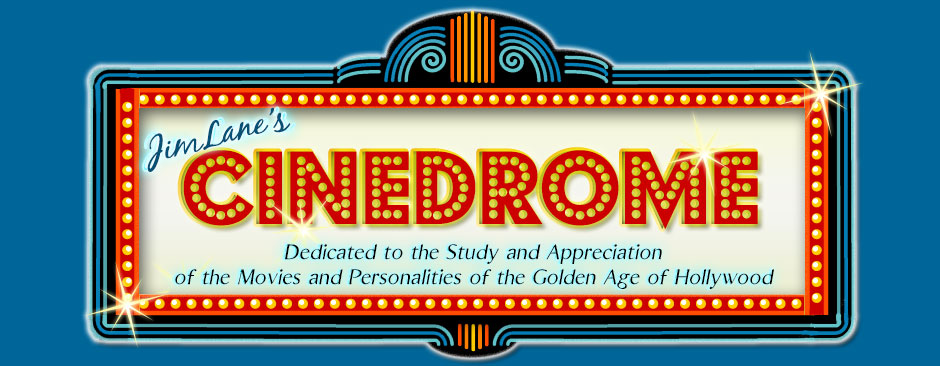
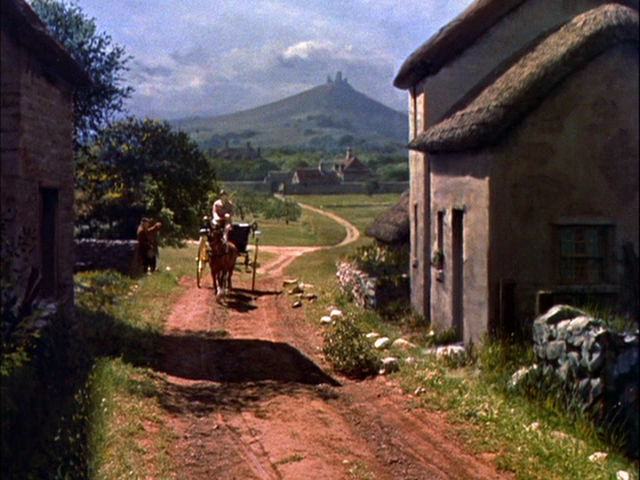

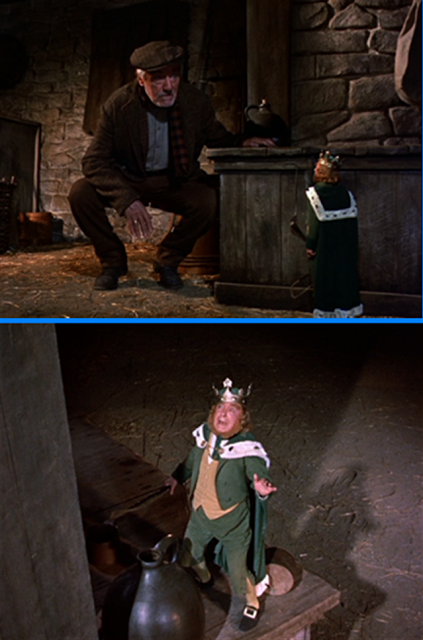
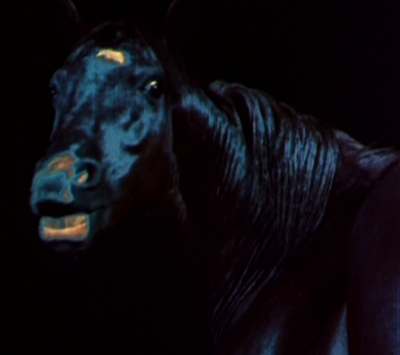

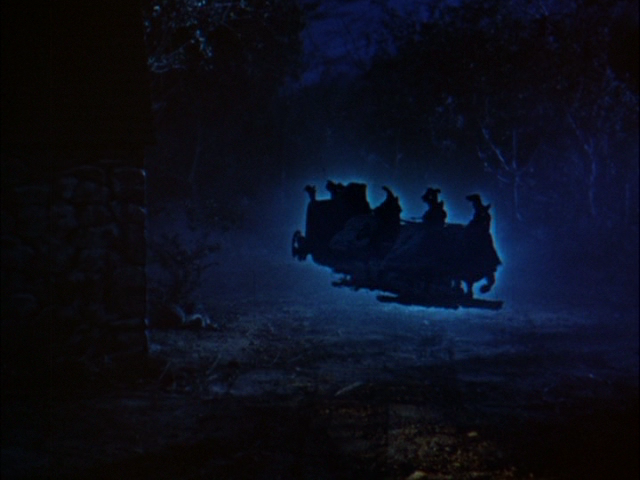

I had to re-read the first paragraph about four times. The WHOLE MOVIE was shot in the LA area? Wow! That truly is a testament to the magic of movies.